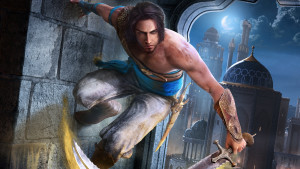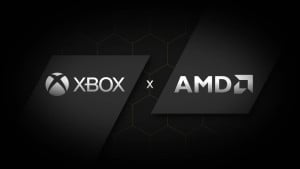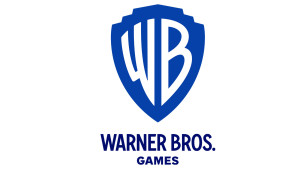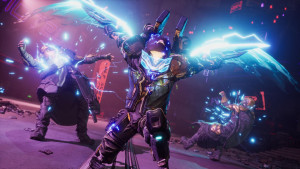The magazine is back. Get your subscription now!
Hat Trick: How Valve Is Making eSports Magic
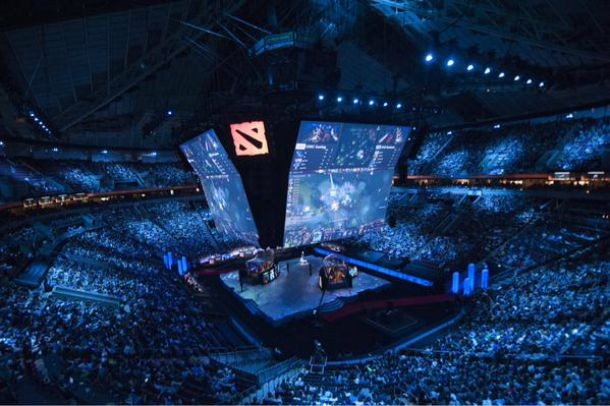
This year, Valve’s The International 2015 Dota 2 tournament commanded an unprecedented prize pool of $18 million, the largest purse in eSports history. Split five ways amongst the winning team, Evil Geniuses, the first-place payout of $6.6 million is around $1.3 million per competitor, not counting any other factors like taxes or team cuts – we’re only looking at raw figures for the purposes of this feature.
Possibly even more interesting than the astronomical sum is the way this towering prize pool came to be – Valve only ponied up $1.6 million of the total. The Dota 2 community provided the rest of the huge award via Compendium transactions – an optional item that players can pick up every year during the event that provides a sort of player “fantasy eSports” interaction, where players predict winners and popular heroes. The Compendium also provides a smattering of bonuses that do not have any effect on gameplay to those that purchase them.
Players get incentives to “level up” the Compendium through additional cash or gameplay to unlock even more perks, such as cosmetic hero costumes, loading screens, taunts and alternate visuals, and collectible cursor icons. Valve’s “Hat” game is at its strongest ever.
Comment sections (and people themselves) regarding eSports are often dismissive, saying “these aren’t real sports” or “I should have quit my job and just played video games.” But even if you don’t count them as sports alongside football and basketball, and simply consider them competitive gaming events, much like poker or chess, the amount of skill and coordination to play at these teams’ levels is incredible. Watching professionals play on the grand stage can be just as exhilarating as watching other traditional competitive games. .
.
Regardless of your opinion on whether or not the recent MOBA/ARTS craze has legs, people are watching and engaging in massive numbers – while we do not have precise numbers from this year yet, over 20 million tuned in last year in 2014. Those viewers may be spamming “Kappa” and ASCII art in chat windows, but they are watching, playing, and contributing to the games and teams on a regular basis, making them dominate the Twitch and streaming scene.
Drawing meaningful comparisons to other major sporting events is hard since we are not looking at sponsorships and television rights, but the $18 million International pool dwarfs some high-profile sporting events. The Masters, one of the four major PGA championships, paid out a $10 million pool this year. The Kentucky Derby had a $2 million purse in 2015, with the winner taking home less than a player on the winning team of TI5. For some additional perspective, the Daytona 500 also commanded a prize pool of around $18 million this year – with the winner taking home only slightly more than a player on EG at $1.58 million.
| That's Entertainment! |
| Changes to the metagame and the game itself also made for a much more interesting event this year. I laid into the finals last year for being a lackluster showcase due to a number of reasons, but the finals this year were great games to the end. Plenty of the games leading up to the final matches provided all kinds of amazing plays and offbeat character picks. Watching drafting strategy unfold and respect bans occur adds another layer that already requires intense mechanical prowess and perfect team coordination. |
The International purse has one-upped itself each and every year, with the 2015 event boasting $8 million more in prize money than 2014. It’s important to note that Valve places 25 percent of Compendium purchases into the pot, meaning 75 percent of that is going back to Valve. Even if we assume that holding a massive event like The International is expensive, Valve is still making a nice chunk of change off the proceeds of the event itself via “virtual interactive engagement tickets.”
The event seems to try harder every year to grok popular sports in various areas at a sold-out KeyArena, with the analyst desk this year featuring an appearance by basketball star Jeremy Lin and a rather unusual (and quite honestly out of place) post-show performance by Deadmau5. People come to watch the event live from all over the world, and it’s streamed everywhere from house parties to bars. This year, it broadcast in 400 movie theaters across the U.S. as well.

Perhaps you don’t consider eSports a sport. That’s OK, but the spectacle is consistently proving to be highly watchable entertainment with high stakes, plenty of strategy, and excitement that reaches fans at another level of potential engagement - it's a blast to throw the ball around after watching a football game, and it's also fantastic to take some new heroes out for a spin and try to counter current popular hero picks with your team.
Dota 2 is complex and has a higher barrier to understand than many other televised competitive games, but those complexities make it even more interesting to those that make the dive. From amazing echo slams to goblin techies, eSports looks like it’s going to have a long – and lucrative – future.


